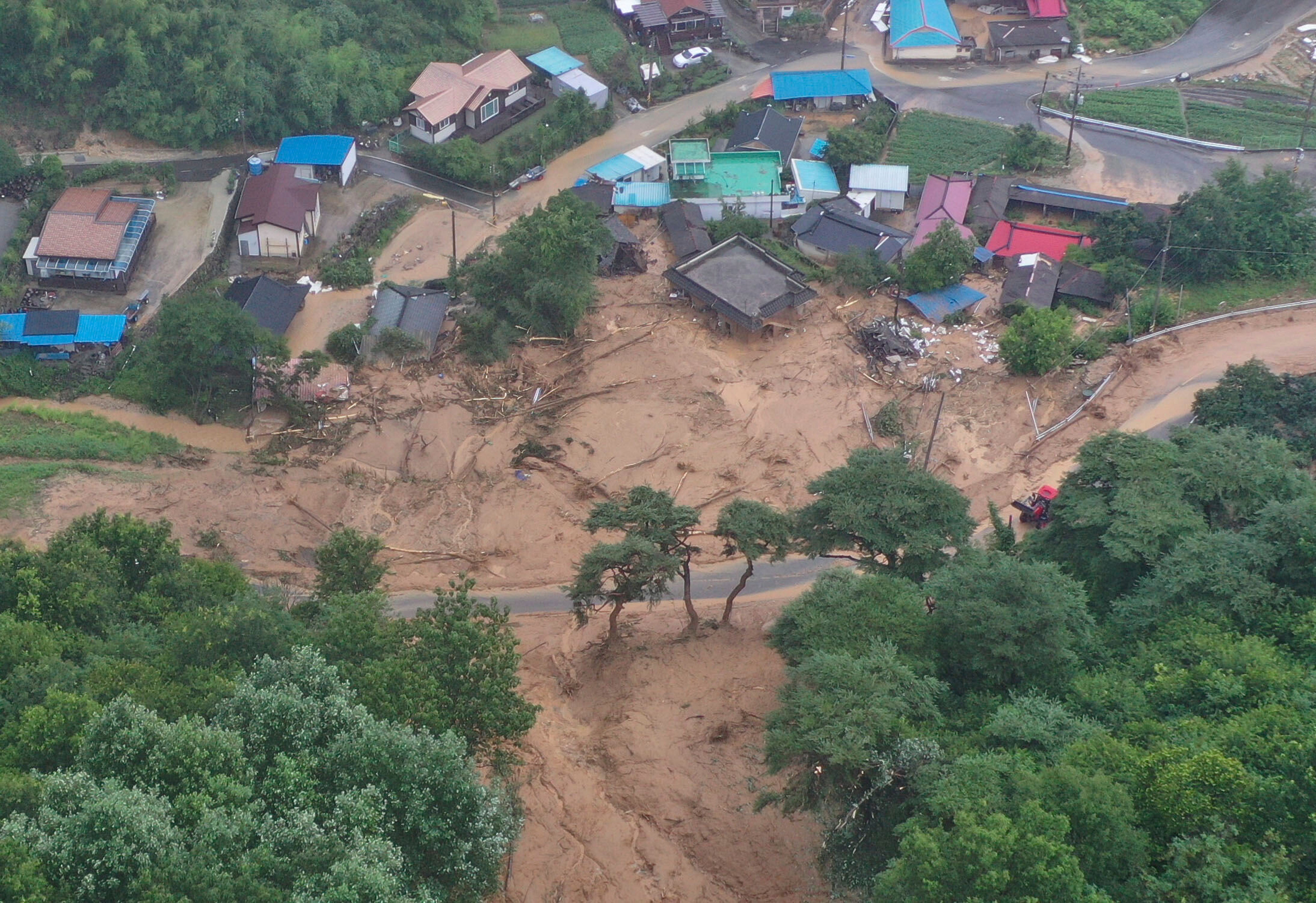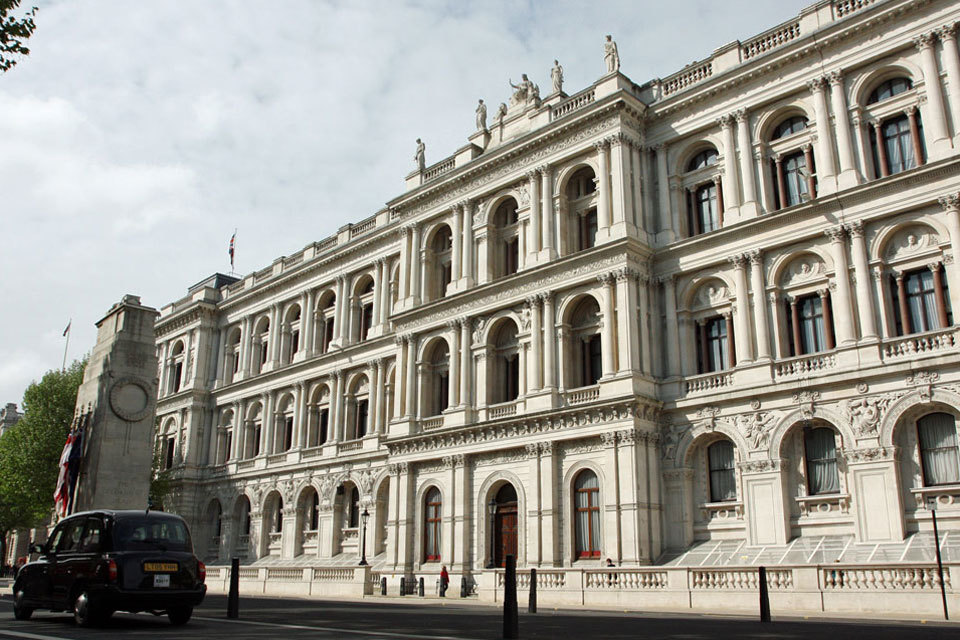At least 18 people have died and nine remain missing after days of torrential rain triggered flash floods and landslides across South Korea, displacing thousands and destroying homes and farmland.
The downpours began last week and intensified over the weekend, with some areas seeing record-breaking hourly rainfall.
More than 14,000 people have been evacuated, and damage has been reported in 15 cities and provinces, including extensive losses to homes, public infrastructure and livestock.
The southern county of Sancheong was worst-hit, where 10 people were killed and four others remain missing, the Ministry of the Interior and Safety said on Monday.
Since Wednesday, southern regions have received 24-31 inches of rain, according to the ministry report.
Further north in Gapyeong, northeast of Seoul, one man died after being swept away while camping near a stream. His wife and teenage son are still unaccounted for. Another resident died after a house collapsed, and a man in his 70s was buried in a landslide.
Footage from affected regions shows villages buried in mud and floodwaters sweeping away vehicles. In Gwangju, residents are clearing debris as soldiers help with recovery efforts.
The death toll has climbed steadily since Friday, when four people were confirmed dead and over a thousand were forced to evacuate. One victim, a man in his 50s in Seosan, South Chungcheong, called his wife moments before his car was swept away by rising waters.

Nearly 2,000 public infrastructure sites have been damaged, and more than 2,200 cases of damage to private homes have been reported, according to Yonhap. Power was temporarily lost for over 41,000 households, while thousands of farm animals have died.
The rain has largely subsided in the worst-hit southern and central areas, but the downpours were still battering northern areas, including the capital Seoul on Sunday.
President Lee Jae-myung has declared the worst-affected regions disaster zones, allowing emergency funding to be released. Around 2,500 military personnel have been deployed to assist with cleanup and repair.
Interior minister Yun Ho-jung said local authorities had been instructed to mobilise “all available resources” for the response.
Meteorologists warned of a new threat as the Korean Meteorological Administration forecast an incoming heatwave, with temperatures expected to rise to 35C in parts of the country. Heat advisories have been issued for South Jeolla, Gangwon’s east coast, and Jeju Island.
South Korea has experienced worsening extremes in recent years. In 2022, at least 11 people were killed by floods in what was then the country’s heaviest rainfall since records began.
Scientific reports have shown the climate crisis is increasing the intensity and frequency of such events, overwhelming existing infrastructure and putting more lives at risk. In April, the country suffered through its deadliest and largest wildfires that were found to have been made worse due to increasing temperatures.



